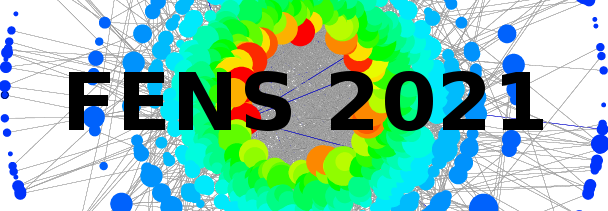Speaker
Description
Starting with classical work of Barabási and Albert, the issue with preferential attachment rules is a fundamental problem for modeling evolving networks. Linear preferential attachment rule (also called rich get richer rule or Matthew effect) is the most popular mechanism that leads to power-law vertex degree distribution. However, original preferential attachment rule that appears in Barabási-Albert Network is not enough to describe real citation network.
Thus we want to discuss how to modify preferential attachment rule so it can better match to bibliometric data – by the example of number of citation papers receive. First of all, we will discuss case of initial attractiveness of the nodes, so the preferential attachment rule will only apply to received citation. It perfectly describe the idea of “how good” is given paper, compared to using all citations (both received and given) that would appear in “pure” preferential attachment. Secondly we add random attachment rule as a case when some of citation is given randomly, opposite to the preferential attachment.
Model constructed that way is being analyzed from different perspectives. We calculated node degree distribution using Master equation. Moreover we compare this with results obtained from series of simulations. Last but not least thing is computing parameters that appears in this model with real data - number of citation from DBLP.

